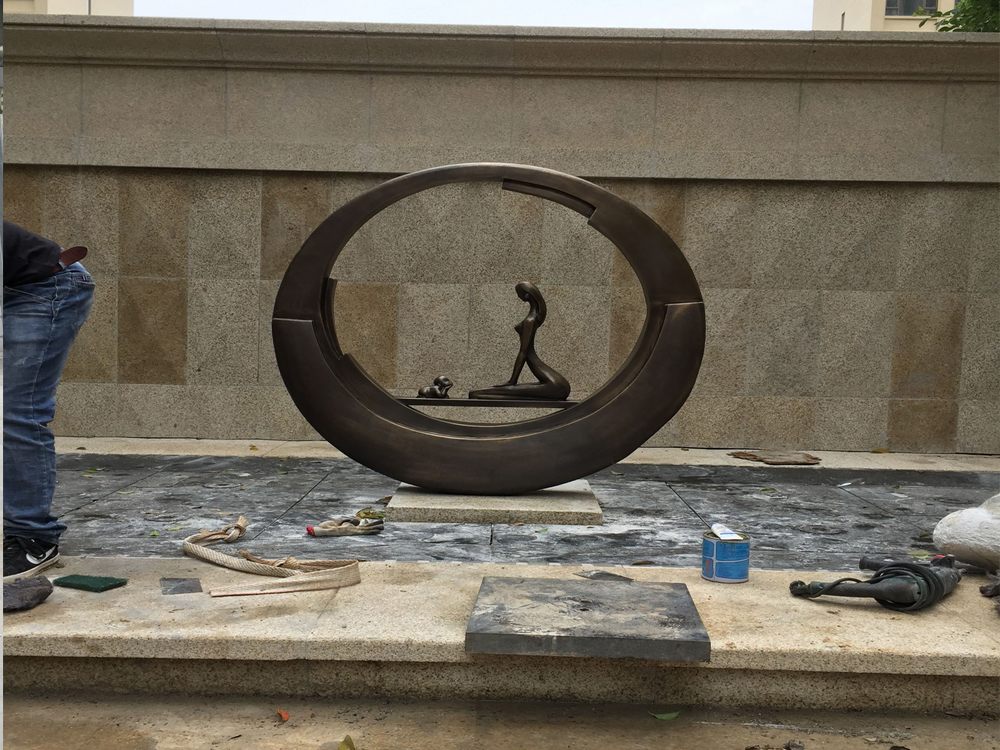
Creating smooth curves in stone carvings requires a combination of skill, patience, and the right techniques. One of the most fundamental methods is using rasps and rifflers—specialized carving tools designed to shape and refine curves with precision. For softer stones like soapstone or alabaster, woodworking tools can often be adapted effectively.
Grinding with diamond-coated bits or silicon carbide wheels is another popular approach, especially for harder stones like granite or marble. This method allows for controlled material removal while maintaining smooth transitions. Many artisans alternate between coarse and fine grits to achieve progressively smoother surfaces.
The traditional technique of abrasion polishing remains highly effective. Using progressively finer sandpapers or polishing compounds, craftsmen can transform rough curves into mirror-like finishes. Some carvers employ water during this process to reduce dust and enhance the polishing effect.
For intricate curves, the point chisel technique followed by claw chisel work creates foundational shapes that can then be refined. Contemporary carvers sometimes supplement these methods with pneumatic tools or even CNC technology for complex designs, though hand-finishing remains crucial for achieving truly organic curves.
Regardless of the specific technique chosen, maintaining consistent tool angles and working with the stone's natural grain are essential for creating flawless, flowing curves that showcase the material's beauty.

